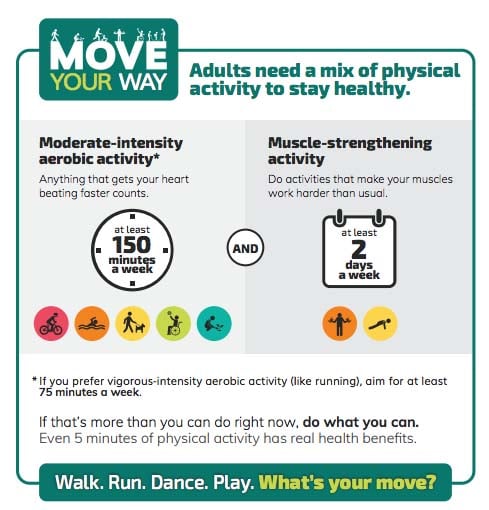By Laura Bollinger, RDN
How many people do you see wearing a fitness tracker on their wrist? It’s estimated that nearly half of all Americans own a wearable device.
Think that estimate is too high? Take another look around; many wearable trackers have become quite discreet. The most common device is a wristband or watch, but rings, necklaces, and even smart clothes are available. In addition, many watches that could be worn with the best clothing in your closet are actually smartwatches, quietly collecting health data.
If you’re among the 51% of Americans that do not have a wearable device, you may be wondering why one would want to invest in these sometimes pricey accessories.
More than 50% of users are motivated by monetary rewards. Other reasons include gaming features that allow them to compete with others or they may want a more complete picture of their overall health.
Depending on your health goals, there is likely a wearable device or app to help you achieve them. If you’re only looking to increase your activity, a simple fitness band or activity app could meet your needs.

Fitbit® and Garmin® continue to be the most popular bands. If you’re looking for phone functionality, Apple® and Samsung™ are the top picks.
Using these devices can help you establish your physical activity baseline. From there, you can easily set goals and progressively increase activity to improve your health and fitness.
If this sounds too simple, take your fitness to the next level with apps like the ones below:
- For indoor activities, check out Nike Training Club or Quick Fit for exercise routines that can be done at home or in a gym. Choose your desired level of intensity and the amount of time you have available. When you’re short on time or energy, Quick Fit offers workouts as short as 4 minutes.
- For outdoor running, try Nike Run Club. Audio-guided runs provide encouragement and coaching while also tracking your distance and pace. If you need a little more competition, Strava is the app for you. Strava lets you connect and compete with others all while tracking your own running, biking, or swimming stats.
Remember to always consult your healthcare provider before beginning an exercise program.
With the world of health trackers exploding, we decided to break this up into a series of articles. If you’re intrigued by talking about fitness trackers, stay tuned for part two of this health tech series as we’ll be going over food and sleep trackers next!
Do you use a fitness tracker? Share your experience in the comments!











Comments